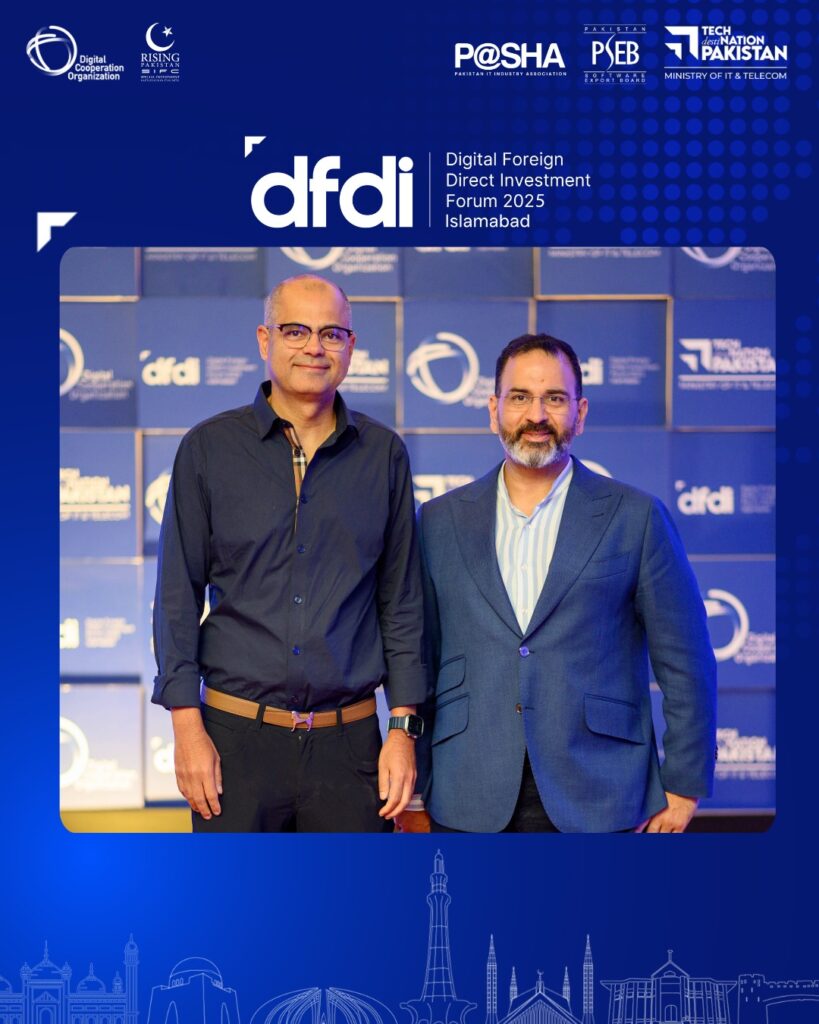Table of Contents
Foreign Direct Investment Programs: Strategies for Sustainable Economic Development
Foreign direct investment programs are pivotal in shaping the trajectory of global economies. Designed to attract international investors, these initiatives create a structured framework for cross-border capital flows, technology transfers, job creation, and infrastructure growth. This detailed guide walks through the mechanisms, benefits, challenges, and implementation strategies of foreign direct investment programs—providing actionable insights for investors, policymakers, and business leaders alike.
What Are Foreign Direct Investment Programs?
Definition and Purpose
Foreign direct investment programs are government-led initiatives to encourage overseas companies to establish or expand operations domestically. They often include financial incentives, legal protections, regulatory streamlining, and targeted promotional efforts to draw capital into priority sectors like high-tech manufacturing, clean energy, and services.

Core Components
- Tax relief (e.g., holidays, reduced rates)
- Grants and subsidies
- Land acquisition and infrastructure support
- Simplified permits and licensing
- Investment facilitation agencies and single-window clearances
- Public-private partnership frameworks
Why Foreign Direct Investment Programs Matter
- Economic Growth
FDI brings capital, and these programs channel it strategically into high-growth sectors, catalyzing GDP expansion. - Technology & Knowledge Transfer
They encourage multinational enterprises to bring cutting-edge processes, R&D, and skills to host countries. - Job Creation
Through foreign direct investment programs, new facilities and operations generate employment for local workforces. - Export Development
These programs often boost manufacturing and service exports by integrating domestic firms into global value chains. - Infrastructure Financing
Public‑private partnership elements attract private investment to build roads, ports, digital networks, and energy systems. - Regional Equity
Incentives targeted to underdeveloped areas reduce regional economic disparities and promote inclusive growth.
Types of Foreign Direct Investment Programs
1. Fiscal Incentives
- Corporate tax holidays for initial years
- Reduced tax rates for specific sectors
- Accelerated depreciation and R&D credits
2. Financial Support
- Direct grants for infrastructure or innovation
- Soft loans with favorable terms
- Equity co-investment by state funds
3. Regulatory Facilitation
- One-stop investment centers
- Fast-track approvals and minimal bureaucracy
4. Infrastructure & Land Provisioning
- Industrial parks and SEZs
- Bulk allocation of utilities and land to investors
- Special logistics zones with trade incentives
5. Investment Promotion Services
- Global investor roadshows
- Dedicated relationship managers
- Virtual marketplaces and portals
How to Structure a Successful Foreign Direct Investment Program
Step 1: Define Strategic Objectives
Clarify program goals: technology modernization, export growth, employment generation, clean energy, or regional balance.
Step 2: Design Tailored Incentives
Align benefits with strategic goals—for example, VAT refunds for green technology or tax breaks for SME digitalization.
✅ CTA 1: Explore Tailor‑Made FDI Program Advisory Services
[Book a Free Consultation →]
Step 3: Streamline Procedures
Set up single-window facilitators, cut red tape, ensure transparent rules, and standardize timelines.
Step 4: Build Infrastructure Ecosystem
Develop industrial parks, ensure reliable utilities, and partner with private players using PPP models.
Step 5: Promote & Market the Program
Attend global forums, offer investment roadshows, digital outreach, and partnerships with international chambers.
Step 6: Support Post-Investment
Provide aftercare: support with permits, legal advice, dispute resolution, and links to local suppliers.
Step 7: Monitor & Evaluate
Track results—new investments, jobs, export revenues, technology transfer, and regional development impacts.
Global Success Stories
Singapore
Free trade zones, 0% corporate tax for high-tech, and world-class logistics have turned the city-state into a global investment hub.
Ireland
With low corporate tax (12.5%), R&D credits, and EU access, Ireland attracts global giants like Google, Pfizer, and Facebook.
Poland
EU-aided Special Economic Zones offer land, tax incentives, and grants, driving growth in automotive and electronics manufacturing.
Challenges and Pitfalls
- Fiscal Burden
Overgenerous incentives may reduce public revenue without long-term benefits. - Distortion of Market
Poorly targeted programs may skew priorities or induce competition among regions. - Implementation Gaps
Bureaucracy and corruption can undercut program effectiveness. - Lack of Local Linkages
Investments that don’t engage local firms may not generate multiplier effects. - ESG and Sustainability Issues
Incentivizing carbon-intensive sectors may conflict with environmental goals.
Foreign Direct Investment Programs: Best Practices
To ensure that foreign direct investment programs generate real, long-term benefits for the host country, governments and economic agencies must adopt a set of globally recognized best practices. These practices help create a competitive, transparent, and investor-friendly environment that delivers value for both foreign investors and local economies.
1. Develop Sector-Specific Investment Strategies
Instead of offering blanket incentives, tailor foreign direct investment programs to specific high-potential sectors such as technology, renewable energy, healthcare, and advanced manufacturing. This ensures that investments align with national priorities and economic needs.
Why it matters:
- Focused incentives reduce misuse and improve ROI.
- Encourages skill and technology transfer in priority areas.
- Attracts top-tier investors aligned with the country’s growth vision.
2. Establish Transparent Legal Frameworks
A predictable and transparent legal environment builds investor confidence. Foreign direct investment programs should be embedded within clear laws that protect investors’ rights, outline dispute resolution mechanisms, and guarantee contract enforcement.
Key elements include:
- Bilateral investment treaties (BITs)
- Double taxation avoidance agreements (DTAs)
- International arbitration options
- Protection against expropriation
3. Ensure Competitive and Time-Limited Incentives
Use performance-linked incentives with clear timeframes. Overly generous or permanent incentives can strain public finances without achieving development goals. Best-practice foreign direct investment programs tie benefits to milestones like capital invested, number of jobs created, or export targets.
Examples of performance-based incentives:
- Tax credits upon job creation
- Cash grants after facility completion
- R&D bonuses for innovation outcomes
4. Foster Local Linkages
Maximize the impact of FDI by encouraging foreign companies to collaborate with local suppliers, universities, and research institutions. Embed requirements in foreign direct investment programs for sourcing locally, training local employees, or forming joint ventures.
Benefits:
- Strengthens domestic industries
- Creates value chains and innovation ecosystems
- Spreads the economic impact beyond large investors
5. Adopt a “One-Stop Shop” Approach
Establish dedicated investment promotion agencies (IPAs) that act as single points of contact for investors. These agencies manage all applications, permits, and queries related to foreign direct investment programs—cutting red tape and improving investor experience.
Examples of successful IPAs:
- Invest India
- Singapore Economic Development Board (EDB)
- IDA Ireland
6. Incorporate ESG (Environmental, Social, and Governance) Principles
Modern investors seek sustainable, ethical investment destinations. Foreign direct investment programs must integrate ESG benchmarks, such as green tax credits, waste reduction targets, or gender-inclusion incentives.
Why it works:
- Attracts responsible capital
- Aligns with global climate goals
- Improves reputation and long-term outcomes
7. Use Digital Tools to Promote and Track Investments
Digitize every stage of the investment lifecycle—from promotion and application to post-investment services. Online portals can showcase incentives, help investors apply, monitor project progress, and access government support.
Features to include:
- Investment dashboards
- Application tracking systems
- Investor feedback forms
- Sector-based opportunity maps
8. Create Effective Aftercare Services
Once the investment is made, continuous support ensures sustainability. Set up post-investment units within IPAs that assist with expansion plans, issue resolution, or regulatory changes. A robust aftercare program ensures that foreign direct investment programs yield repeat investments.
Post-investment services may include:
- Regulatory updates and compliance assistance
- Expansion support and access to new incentives
- Mediation in land, labor, or licensing issues
9. Benchmark and Collaborate Internationally
Study top performers and align your foreign direct investment programs with international standards. Engage in international forums, cooperate with multilateral organizations, and learn from countries that have achieved FDI-led development.
Examples of benchmarking indicators:
- Ease of Doing Business Index
- Global Competitiveness Index
- UNCTAD’s Investment Policy Review
10. Monitor, Evaluate, and Revise Programs Regularly
Use data analytics and key performance indicators (KPIs) to assess the impact of your programs. Revise policies periodically to address inefficiencies, eliminate abuse, and adapt to evolving global conditions.
Key metrics to evaluate:
- Capital inflows by sector
- Job creation and wage levels
- Export growth
- Skills and technology transfer
- Environmental and social impact
Summary
Measuring Effectiveness of Foreign Direct Investment Programs
- Investment Inflows
Total dollar value, number of projects, and investor origin. - Job Impact
Number of direct and indirect jobs created. - Export Performance
Increase in export volumes and diversity of markets. - Value Addition
Contribution to GDP, industrial upgrade, and productivity gains. - Local Linkages
Value of procurement from domestic firms and skill spillovers. - Technology and Innovation
R&D spending, patents filed, and skills transferred. - Sustainability Indicators
Greenfield investment in clean sectors, emissions, and resource efficiency.

FAQs on Foreign Direct Investment Programs
Q1: What are foreign direct investment programs?
Incentive packages—tax, grants, regulatory support—offered by governments to attract and retain foreign investors.
Q2: Do all countries have such programs?
Many do, especially emerging economies and export-oriented nations; structures vary in scale and complexity.
Q3: Are incentives cash grants or tax deductions?
Both. Governments offer tax holidays, duty exemptions, grants, land subsidies, and financing support.
Q4: How long do programs last?
Typically between 5 and 20 years, with performance-linked renewals and sunset clauses.
Q5: Can small businesses access foreign direct investment programs?
Yes—many include SME-friendly incentives like startup grants, incubators, and R&D support.
Q6: How do we apply?
Applications are submitted to investment agencies, often through a one-browser online portal with required documentation.
Q7: What risks do they carry?
Risks include public cost, reduced competition, potential misuse, and misalignment with sustainable goals.
Q8: How to ensure program success?
Use data-driven design, enforce transparency, include ESG criteria, and continually evaluate outcomes.
✅ CTA 3: Get Expert Assistance with Designing & Evaluating Your FDI Program
[Contact Our Team Today →]
Conclusion: The Transformative Power of Foreign Direct Investment Programs
Foreign direct investment programs are a strategic tool for governments aiming to accelerate economic development, job growth, and technological advancement. Well-designed programs—featuring targeted incentives, streamlined processes, and accountability mechanisms—can yield sustainable benefits, helping nations integrate into global value chains and improve living standards.
Follow us on Facebook for Quick Response & Quires – Digital Foreign Direct Investment (DFDI)
